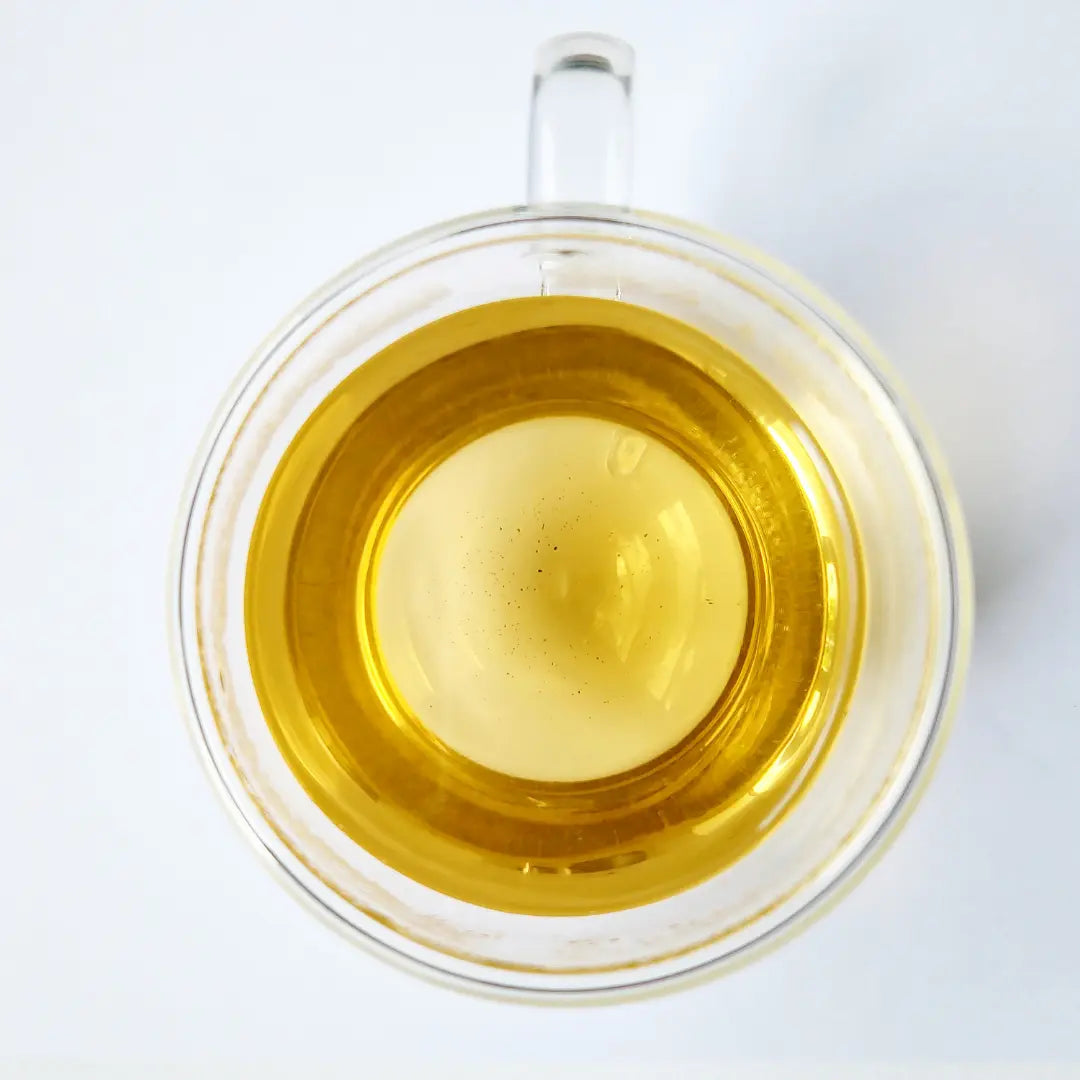In the vast world of teas, white tea stands as a beacon of subtle sophistication and natural purity. Unlike its more commonly known cousins – green and black tea – white tea represents tea in its most pristine form, offering not just a beverage, but an experience that connects us to ancient traditions and modern wellness practices.
What Makes White Tea Special?
White tea represents the epitome of minimal processing in the tea world. While other teas undergo various levels of oxidation and processing, white tea remains closest to the tea plant's natural state. The name "white tea" comes from the fine, silvery-white hairs that cover the unopened buds of the Camellia sinensis plant, which are carefully harvested for this exceptional tea.
These young buds and select leaves are picked before they fully open, during a brief period in early spring when they're at their peak of freshness. This selective harvesting, combined with minimal processing, preserves the tea's natural essence and results in its characteristic pale, champagne-like color when brewed.
Processing: The Art of Minimal Intervention
Harvesting
The creation of white tea begins with the most selective harvesting process in the tea world. Only the youngest buds and select leaves, still covered with fine white down, are carefully hand-picked. This typically occurs in early spring when the buds are at their peak of freshness and flavor potential.
Withering
After harvesting, the leaves undergo a natural withering process for 12-24 hours in a carefully controlled environment. During this time, the leaves gradually lose moisture and undergo very slight oxidation, which helps develop their subtle flavor profile while maintaining their natural characteristics.
Drying
The final step involves drying the withered leaves at low temperatures, either in natural sunlight or under carefully controlled conditions. This gentle drying process halts any further oxidation and preserves the tea's delicate characteristics, resulting in the final product we know as white tea.
Health Benefits: Why Choose White Tea?

- High on Antioxidants
- High Amount of Polyphenols
- High Amount of Amino Acids
- Low Amount of Caffeine
Brewing Guide
- Heat water to around 75-85°C (167-185°F), as boiling water can damage white tea's delicate flavors.
- Use about 1-2 teaspoons of loose-leaf white tea per cup of water.
- Steep for 3-5 minutes to allow the full spectrum of flavors to develop.
- Feel free to experiment with re-steeping to enjoy different nuances with each infusion.

Himalayan White Tea
Delight in the soft, floral notes with a subtle hint of wild rose in this exquisite white tea. The delicate flavor profile offers a smooth and fragrant tea experience, highlighting the unique characteristics of Nepalese high-altitude tea.
Buy this High Altitude White TeaExternal Sources:
Processing, chemical signature and food industry applications of Camellia sinensis teas: An overview




